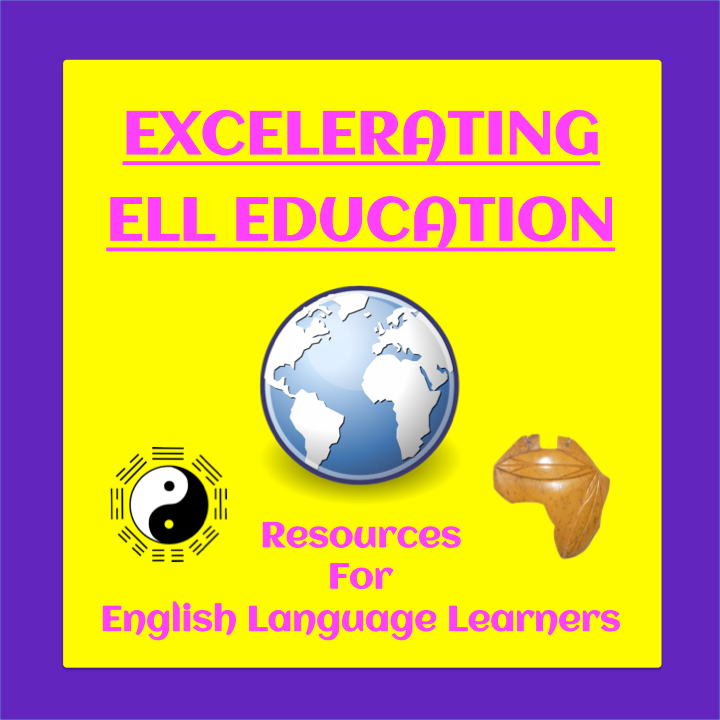What is the message that is given to students when a Social Studies course on world geography has textbooks for Europe, Asia and the Pacific, and North America but not for Africa or Latin America? That was the situation I found myself in when I had to teach that subject at my former school.
I was able to draw on my Peace Corps Volunteer work in Sierra Leone and create lessons based on my experience there. But what was a teacher who’d never been to Africa supposed to do? Nowadays, you can just Google “Africa” and get 1,520,000,000 hits (as of Sunday evening) but before that? You were kind of stuck. Maybe there were some books that weren’t too out-of-date in the library that you could use.
 |
| African continent made from a coconut husk, carved by a Sierra Leonean craftsman; source: The ESL Nexus |
Interestingly but ironically, much of the music I heard in Sierra Leone was not actually by Sierra Leonean musicians or bands. One of the songs I liked was Going Back to My Roots by Odyssey, which turned out to be an American group. I guess you could say it’s a small world after all! Music from England, Jamaica, Australia, and the US as well as other African countries was very popular.
The most famous group nowadays from Sierra Leone is Sierra Leone’s Refugee All-Stars. They have performed in the U.S. and you can watch a video of them playing a few of their songs for NPR here. In addition, a documentary about how they got together in a refugee camp during the civil war in the 1990s is available on Netflix and at Amazon, which I highly recommend, and it could even be shown to students if you provide some background information beforehand.
Another Sierra Leonean musician is Sorie Kondi. Actually, kondi is the name of the instrument he plays; it's a thumb piano. Sorie Kondi is blind and self-taught. He has toured in the U.S. and you can hear one of his songs here. His music is more traditional than Sierra Leone's Refugee All Stars.
 |
| Pan-African flag--for more info, click HERE; source: Wikimedia Commons |
Youssou N'Dour, from Senegal: Singing Wake Up (It's Africa Calling), performed with Nenah Cherry as a benefit for a health organization.
Fela Kuti, from Nigeria: Songs and videos on his official website but some of the content may not be suitable for younger students.
Ladysmith Black Mambazo, from South Africa: Selections of some of their songs on their official website; they are 4-time Grammy award winners.
Sonny Okosun, from Nigeria: Singing Fire in Soweto, a big hit in 1977.
Johnny Clegg, from South Africa: Song selections on his official website; he was the leader of a multi-racial band in the 1970s and 1980s.

